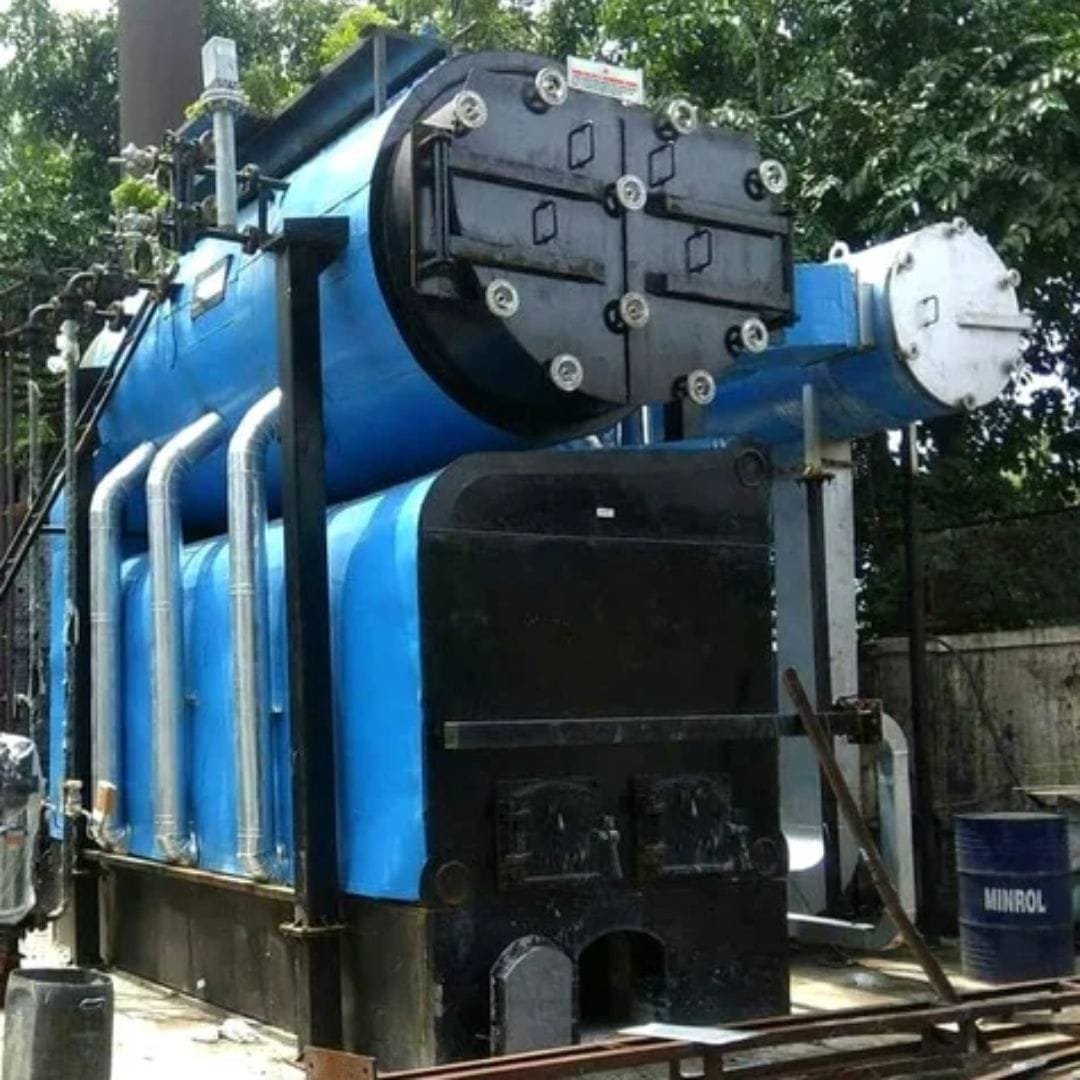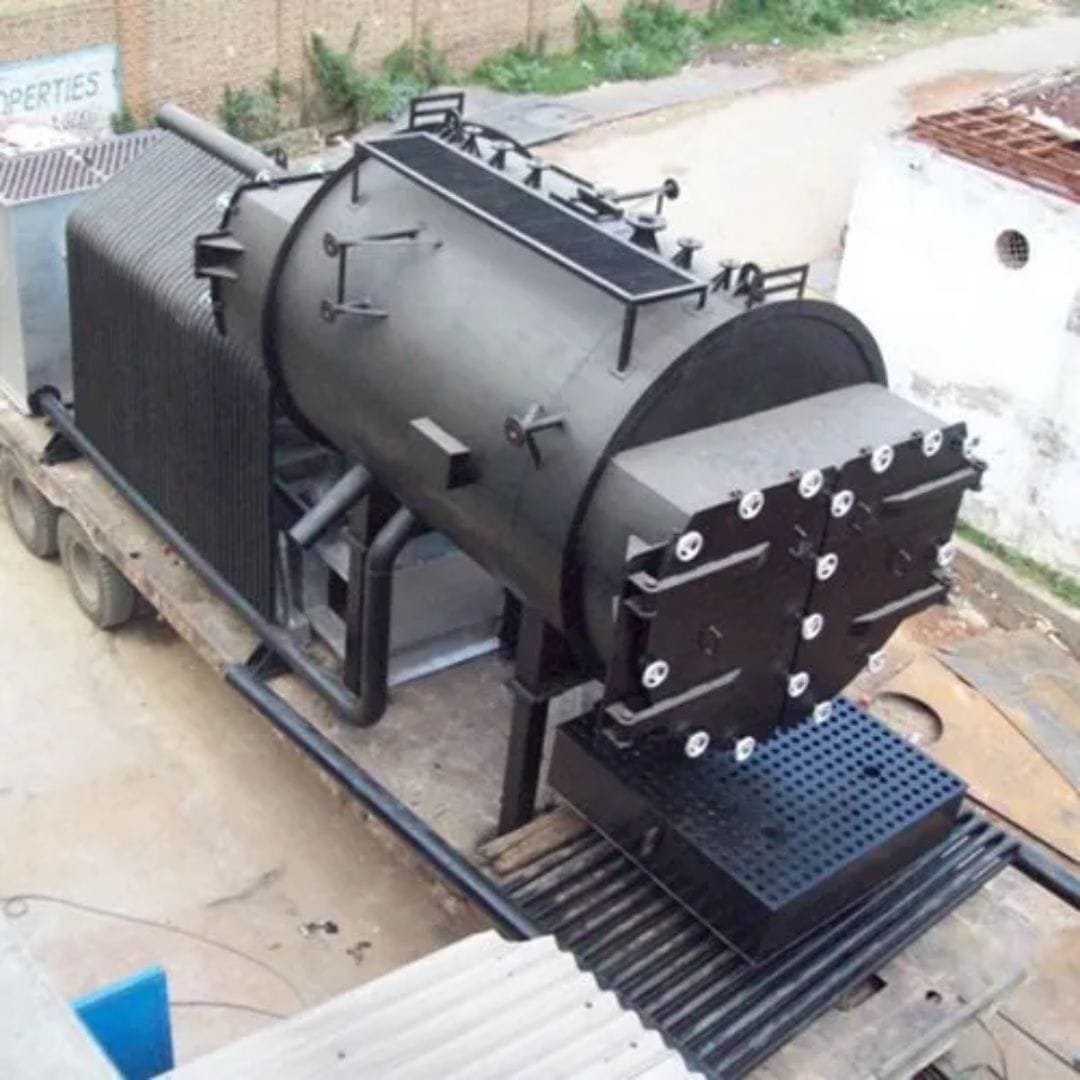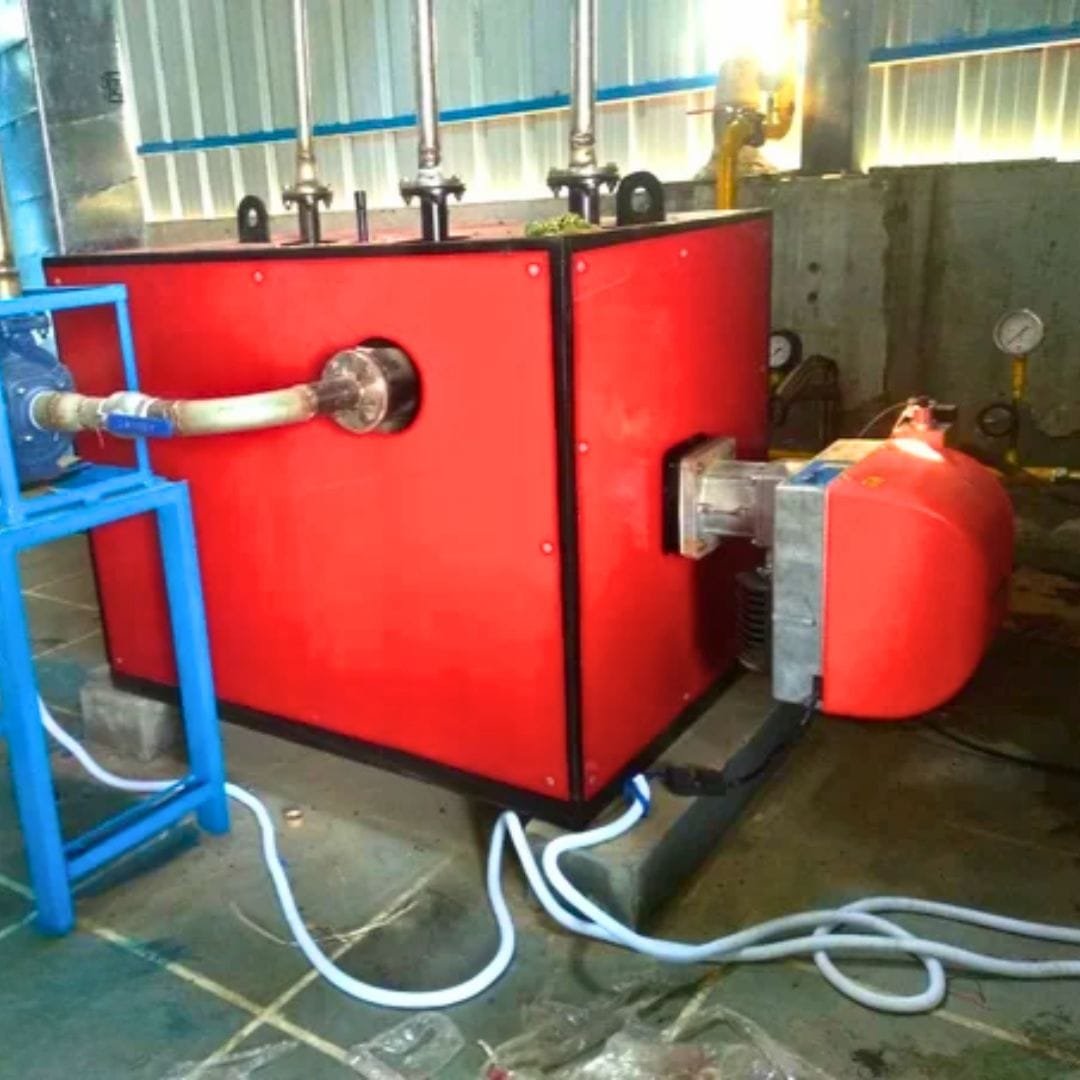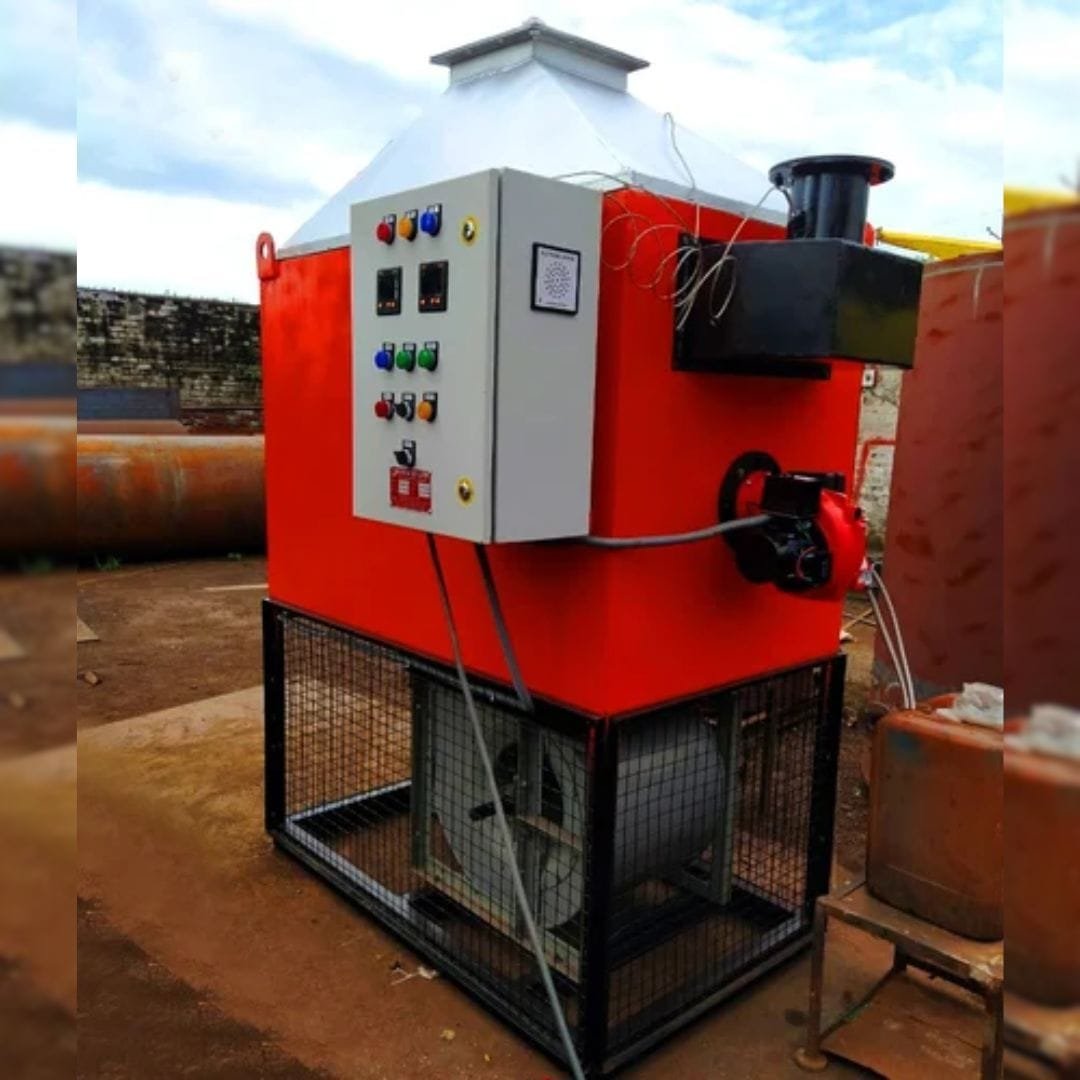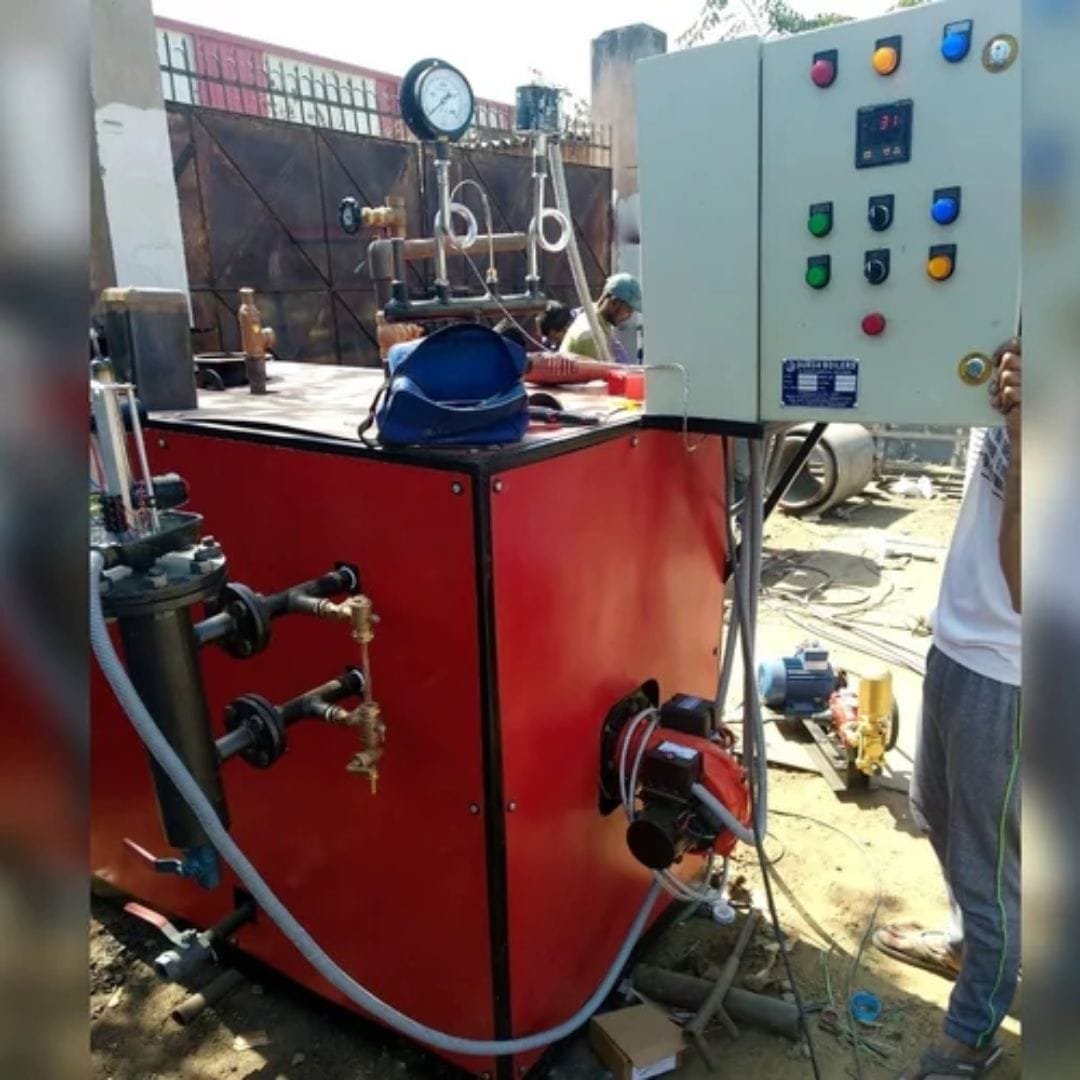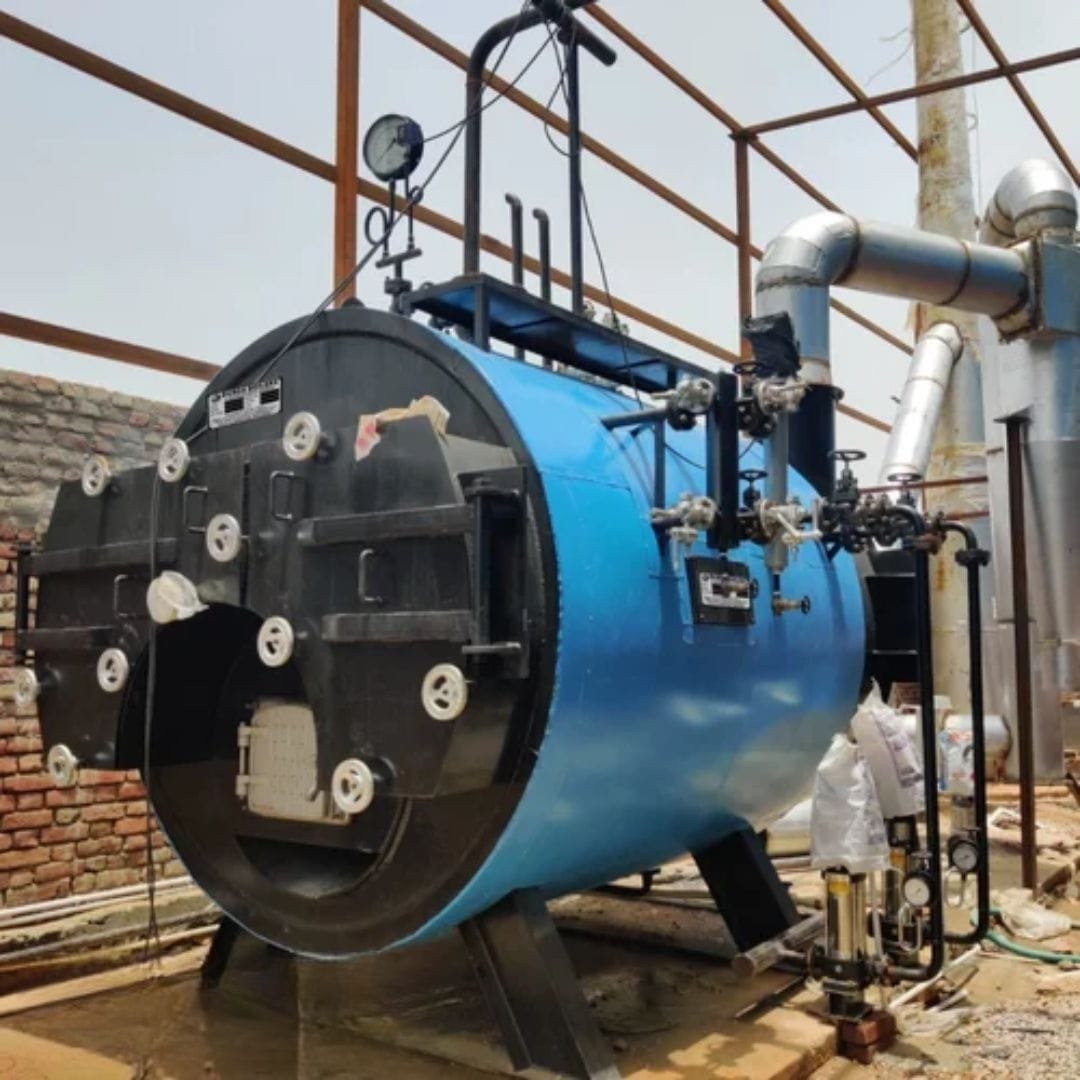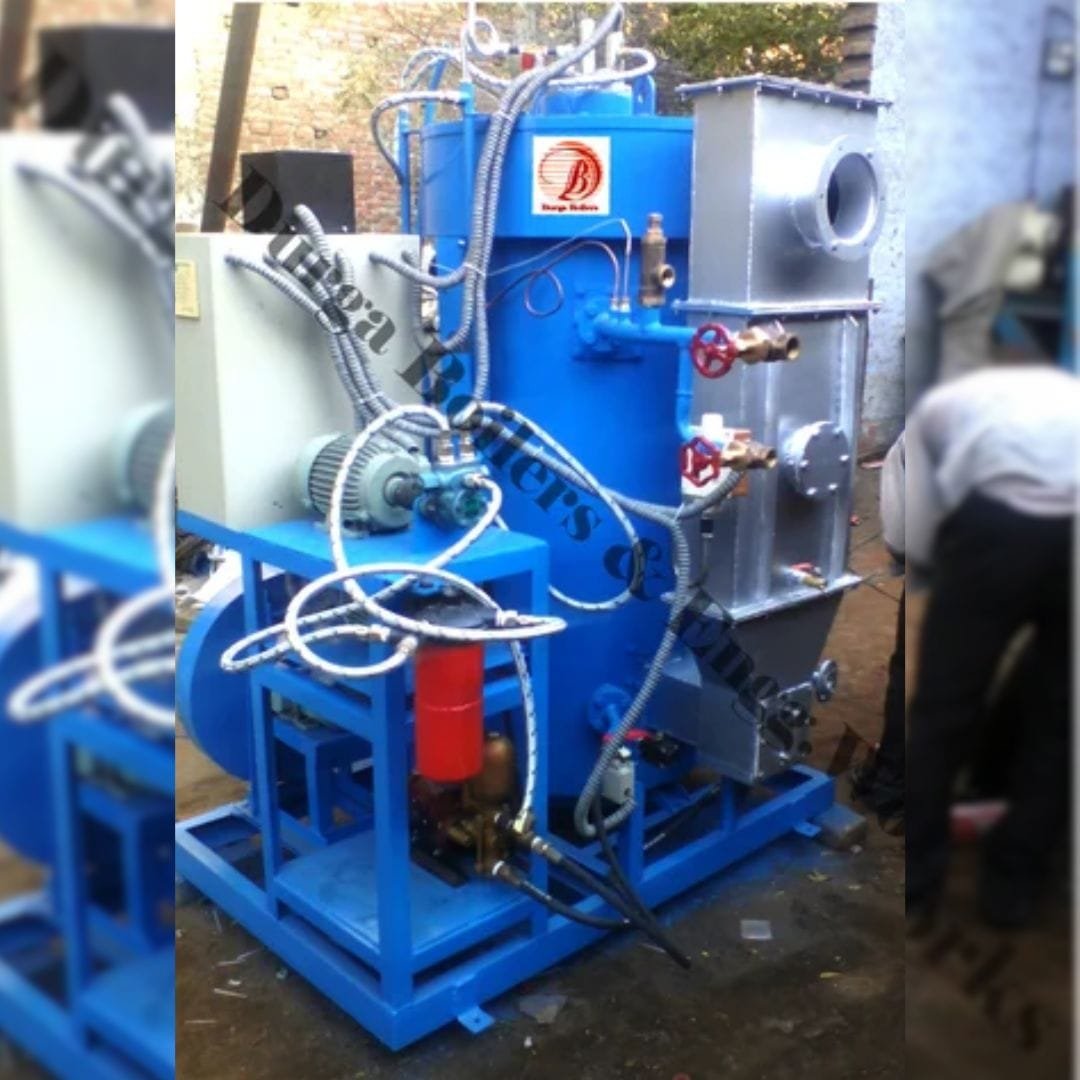Working of Thermal Power Plant
At Durga Boilers & Engineering Works, we take pride in providing reliable, innovative, and efficient solutions for all your energy needs. As an industry leader, we aim to educate and share our knowledge with you on the inner workings of thermal power plants — a key contributor to the generation of electricity. In this blog post, we will take you through the basic process involved in the working of a thermal power plant, explaining the technology behind it and how it contributes to the larger energy sector.
Almost all coal, nuclear, geothermal, solar thermal electric power plants, waste incineration plants as well as many natural gas power plants are steam-electric. Natural gas is frequently combusted in gas turbines as well as boilers. The waste heat from a gas turbine can be used to raise steam, in a combined cycle plant that improves overall efficiency.
What is a Thermal Power Plant?
A thermal power plant generates electricity by converting heat energy (usually from burning fossil fuels) into electrical energy. These plants use heat produced from the combustion of fuels like coal, oil, or gas, to generate steam that drives turbines. This process is the backbone of much of the world’s energy supply. We also have steam boiler manufacturer
Key Components of a Thermal Power Plant
Before diving into the working of the plant, let’s explore some of the primary components involved in the system:
- Boiler – This is where fuel is burned to produce steam. The boiler generates high-pressure steam from water, using heat from burning fuels like coal or gas.
- Turbine – The high-pressure steam generated by the boiler is sent to the turbine, which spins when steam passes through it. This mechanical energy drives a generator to produce electricity.
3. Generator – The turbine is connected to a generator that converts mechanical energy into electrical energy.
4. Condenser – After the steam passes through the turbine, it needs to be cooled and condensed back into water. The condenser uses cooling water to do this, preparing the water for reuse in the boiler.
5. Cooling Tower – This is where excess heat from the condenser is released into the atmosphere, completing the cycle.
The Working of a Thermal Power Plant
- Fuel Combustion
In a thermal power plant, the first step is the combustion of fossil fuels (coal, oil, or natural gas) in a boiler. When these fuels burn, they release a substantial amount of heat energy. This heat is absorbed by water, turning it into high-pressure steam. - Steam Expansion and Turbine Rotation
The high-pressure steam is then piped into a turbine, which is a mechanical device with blades that rotate when steam passes through them. As steam enters the turbine, it expands and loses pressure, causing the blades to spin. This conversion of thermal energy to mechanical energy sets the turbine in motion. - Electricity Generation
The turbine is connected to a generator, which consists of a rotor and stator. As the turbine spins, the rotor inside the generator moves, creating a flow of electrons in the stator. This process generates electricity. - Steam Condensation
After passing through the turbine, the steam is now at low pressure and needs to be converted back into water so it can be reused in the system. This is done in the condenser. The condenser cools the steam, turning it back into water by transferring heat to a circulating cooling system. - Recycling Water
The cooled water is then pumped back to the boiler to start the process over again. This continuous cycle helps the power plant run efficiently and sustainably. - Release of Excess Heat
The condenser generates a lot of heat, which needs to be dissipated to maintain a balanced system. Cooling towers are used to release this excess heat into the atmosphere. This helps maintain the operational temperature of the plant and prevents overheating.
Advantages of Thermal Power Plants
- Reliable Energy Source: Thermal power plants provide consistent energy and are highly reliable, as they can run 24/7, unlike renewable sources that depend on weather conditions.
- Flexible Operation: These plants can adjust power generation according to demand, ensuring energy availability during peak times.
- Wide Availability of Fuel: Fossil fuels like coal, oil, and gas are readily available, making thermal power plants a viable option for power generation.
Conclusion
At Durga Boilers & Engineering Works, we understand the critical role thermal power plants play in powering industries and homes alike. From the combustion of fuel to generating electricity, each step is crucial for ensuring a reliable and efficient power supply. As leaders in boiler and engineering solutions, we are committed to delivering top-notch technology that supports thermal power plant operations.
By continuously innovating and providing cutting-edge solutions, Durga Boilers & Engineering Works is here to help you understand, maintain, and optimize your power generation systems for the future.
Website: https://durgaboilers.in/


